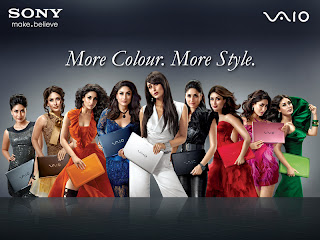Today with the markets turning global, consumers are being increasingly exposed to an array of global brands. The mass media ,especially with the proliferation of cable and satellite media and the emergence of new media in the form of internet has created media markets which were earlier inconceivable. The emergence of new players in various product categories has resulted into availability of many brands competing in the same product category . The resultant price wars have led to a development of newer strategies to woo the consumer. In order to make global brands more effective, the marketers have been continuously gathering consumer insights across various markets to bring about product innovation and to bond with the customer better.For example when Maggi Noodles completed 25 years in India they started the 'Me and Meri Maggi' campaign thus generating a whole new line of thought and in turn three new flavours. Thus consumer feedback plays a very important role in marketing strategy.
In India, as a result of liberalization in the 1990s there has been a spurt in advertising, both in terms of the best global agencies introducing their products and services in India and the expanding operations of Indian advertising agencies. Brands like Pizza Hut, Domino's Pizza and McDonald's have brought about tremendous product innovations to suit the Indian palate.
Necessity, as they say, is the mother of invention. Today, when media costs have virtually sky-rocketted, organizations expect their advertising agencies to work at strategies that will ensure them optimum reach and audience exposure.
Celebrity endorsement has been in fashion for a long time. The idea behind using celebrities from various fields, especially film and sports, is that they become icons for a generation of people and hence can be good persuaders. There have been arguements about whether celebrities really help in enhancing the value of advertising. The problem arises when one finds competing brands taking the same route. The issue under the scanner is whether celebrities endorsing the product/s actually believe in them or do they endorse them only to cash in on their popularity and to make money while the going is good for them. Some say that they endorse only those products that reflect their liking or personality, while others feel that the sponsors using them would know better, otherwise, they would not use them.
Thus advetising is a key element in the marketing mix.













